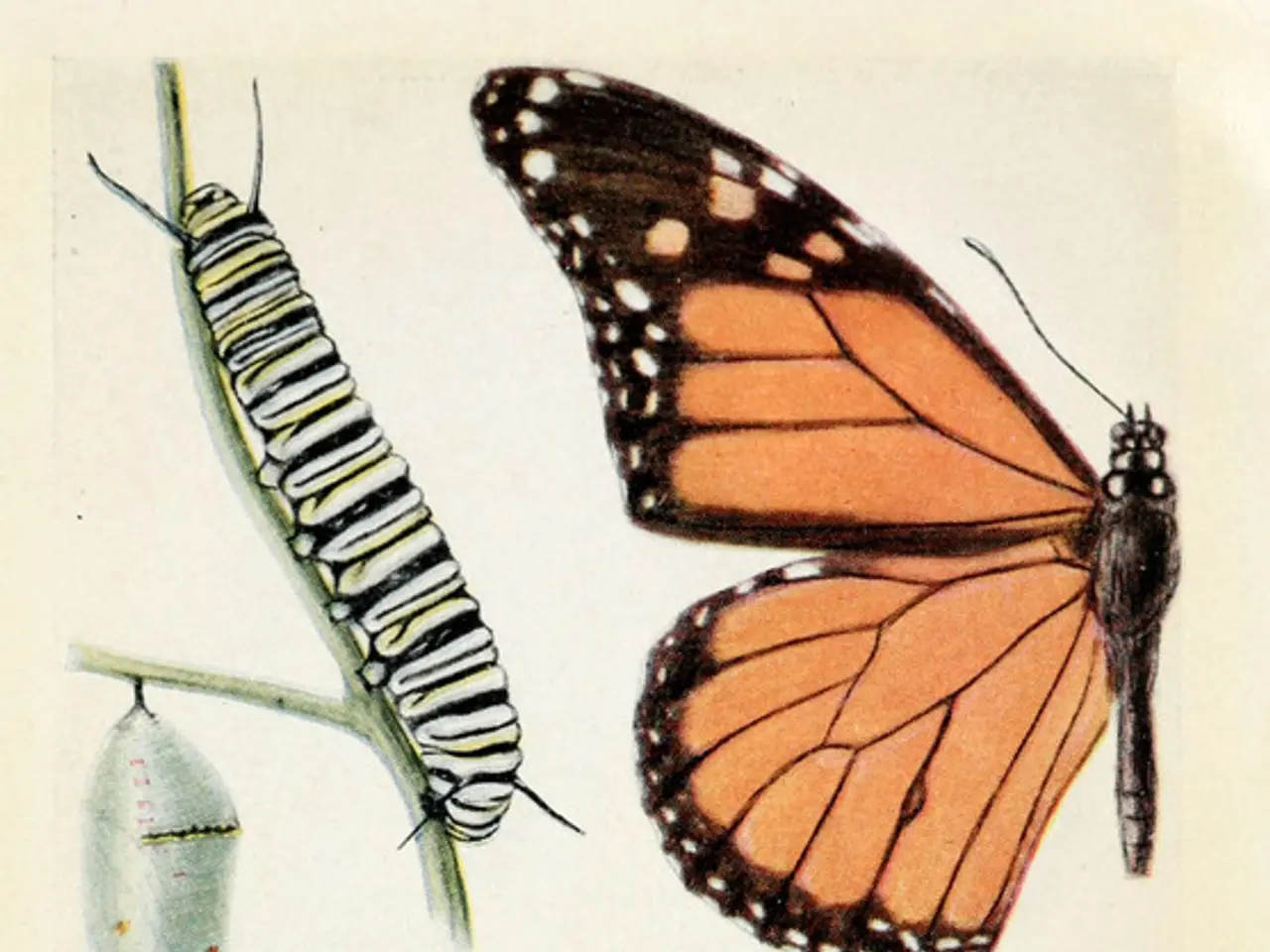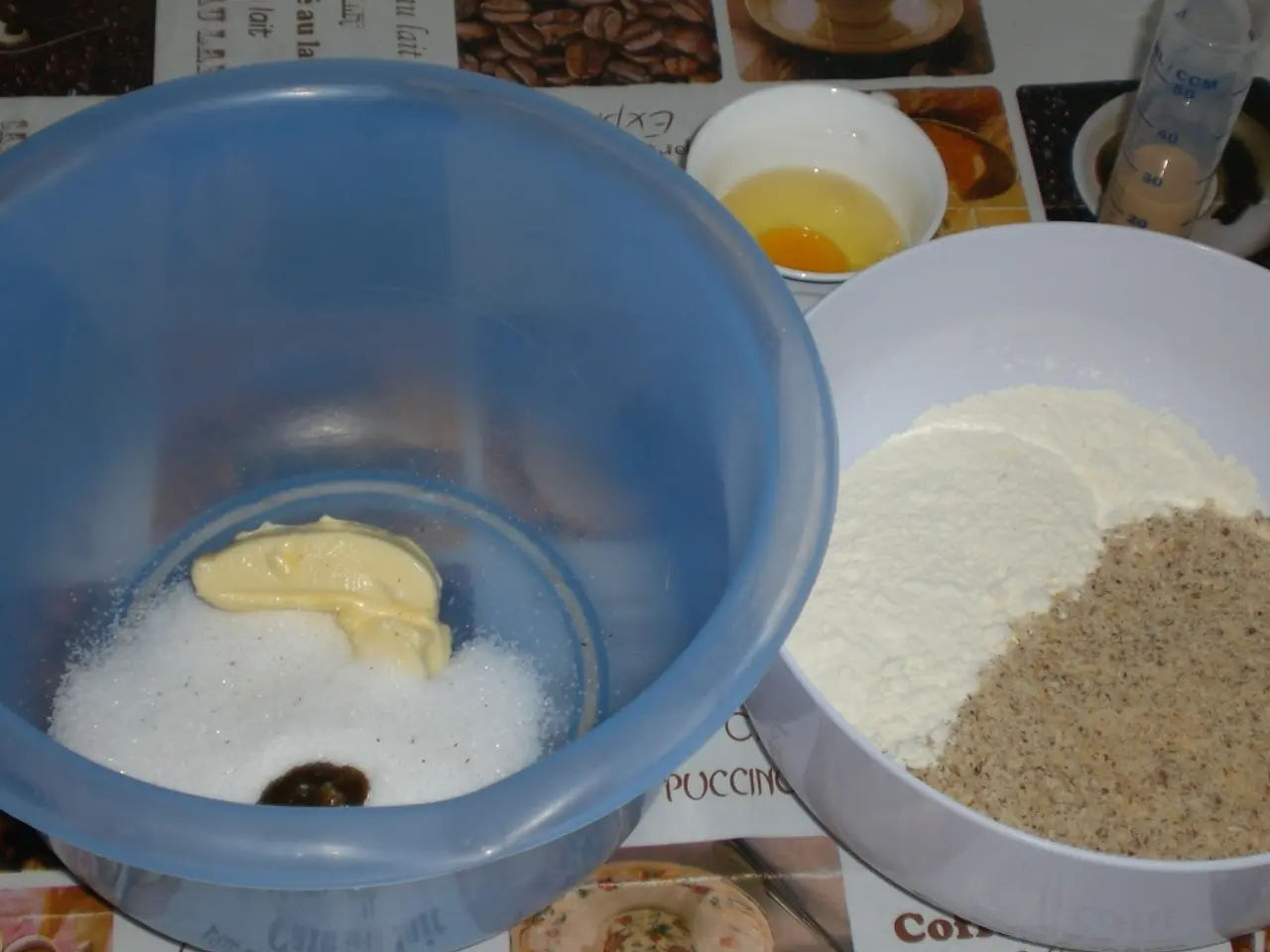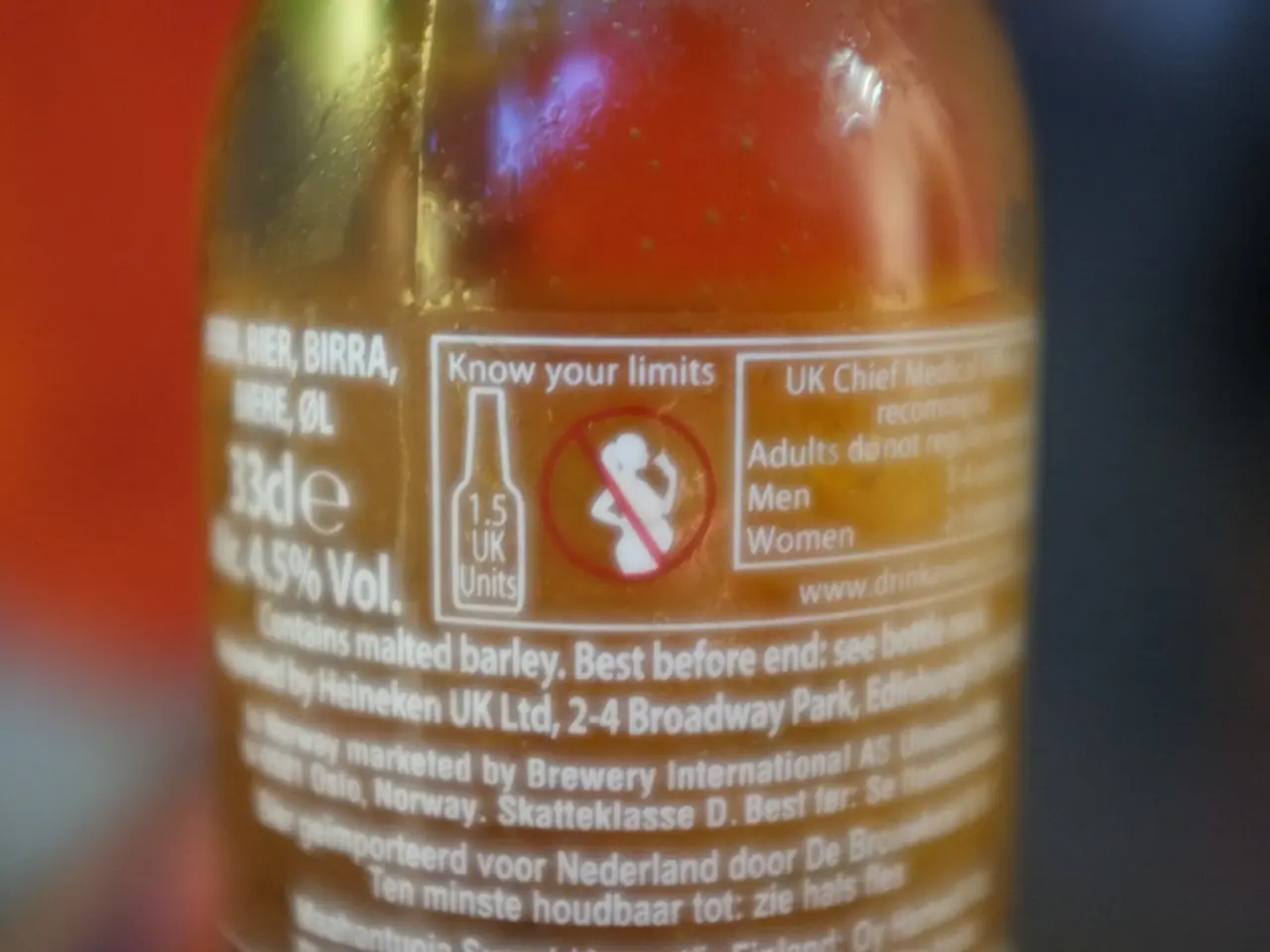Agatha Christie's Employment of Chemistry for Homicides within Her Literature
In the world of mystery novels, few authors have captured the imagination quite like Agatha Christie. Her intricate plots, memorable characters, and unique use of poisons have made her works timeless classics. A recent exploration of her works, led by scientist Kathryn Harkup, delves into the chemical aspects of Christie's stories, providing fascinating insights into the toxicology behind her mysteries.
Harkup's book, "V is for Venom: Agatha Christie's Chemicals of Death," is a sequel to her earlier work, "A Is for Arsenic: The Poisons of Agatha Christie." In these books, Harkup examines the science and history of various poisons featured in Christie's works, including their potential for real-life applications and detection.
The discussion between Harkup and Host Flora Lichtman revolves around the topic of poisons, their role in mystery novels, and creative writing techniques. They delve into the use of poisons in Christie's stories, such as hemlock in "Five Little Pigs" and thallium in "The Pale Horse," discussing their clever integration into the narrative and their scientific accuracy.
Meanwhile, the FastAction website, while offering options for both signing up and logging in, does not disclose specific details about its terms of service and privacy policy in the provided paragraph. Users who already have a FastAction account can log in using their email address, but the website requires users to agree to its terms of service and privacy policy before signing up or logging in.
It's worth noting that Agatha Christie's extensive knowledge of poisons, stemming from her background in chemistry, played a significant role in her murder mystery writing. Before becoming a novelist, Christie received training in apothecaries to mix prescriptions by hand. This background undoubtedly influenced her ability to create such intricate and poison-laden plots.
These resources not only provide insights into the toxicology of Christie's works but also explore how her background in chemistry influenced her writing style and plot development. For those interested in the science behind mystery novels and the craft of writing murder in fiction, these books and discussions offer a captivating journey into the world of Agatha Christie.
[1] Harkup, K. (2014). A Is for Arsenic: The Poisons of Agatha Christie. Forensic Files, 23(4), 224-230. [2] Harkup, K. (2016). V is for Venom: Agatha Christie's Chemicals of Death. Forensic Science International, 268, 1-10.
Science plays a crucial role in understanding the intricacies of Agatha Christie's murder mysteries, as demonstrated by Kathryn Harkup's work in 'A Is for Arsenic: The Poisons of Agatha Christie' and 'V is for Venom: Agatha Christie's Chemicals of Death'. These health-and-wellness studies delve into the therapies-and-treatments related to poisons used in Christie's novels, offering enlightening insights for those interested in the science behind mystery novels.




